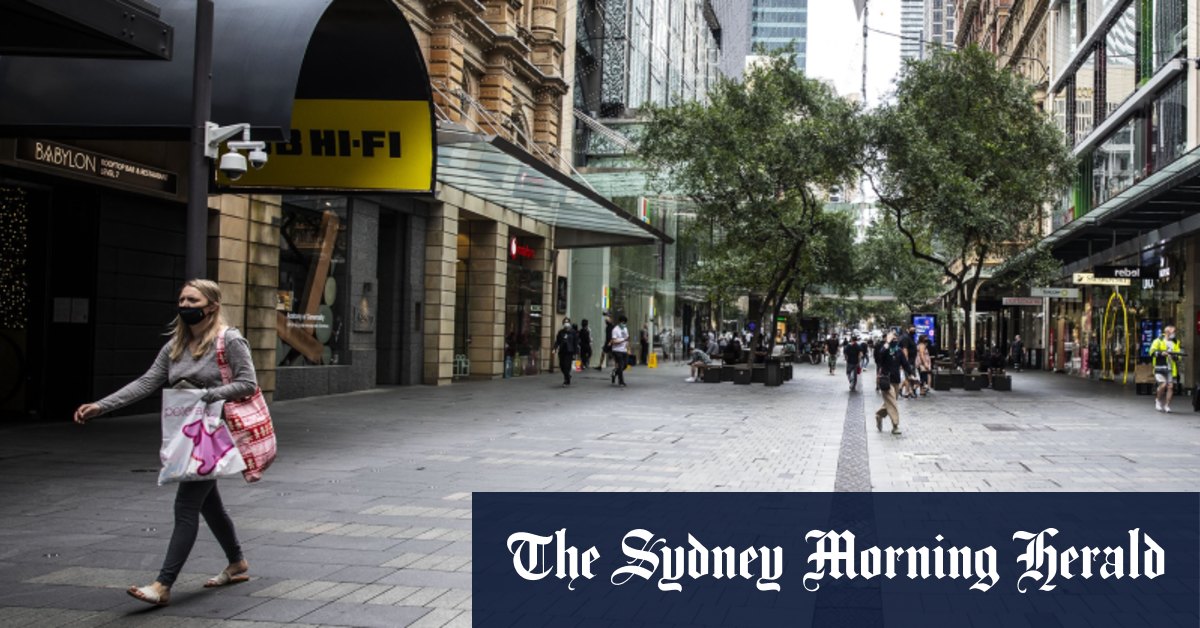
However, some signs are giving economists confidence as they project into the next few months. One is the high level of savings on business and household balance sheets due to record government stimulus during the pandemic. Another is the shielding of companies from debt collection activity, with some loan holidays still in place, though Mr O’Donnell said this will come to an end in 2022.
“All the new signs are pointing to the default rates rising pretty steadily over the next 12 months. We are definitely not predicting carnage though,” he said.
For this reason, additional government support may be needed, Mr O’Donnell said, though it would have to be targeted – unlike previous schemes such as the $90 billion JobKeeper wage subsidy.
AMP Capital chief economist Shane Oliver has now revised down his expected March quarter GDP growth to 0.6 per cent from 1.6 per cent due to Omicron, despite remaining confident of a strong post-Omicron rebound. Overall, he expects the economy to grow by about 4 per cent over the year, but his outlook is not all positive.
“The risk is high that the March quarter sees GDP go backwards again, given the extent of supply disruptions”. In fact, over the past week AMP measured declines in restaurant and hotel bookings and foot traffic at stores.
“So far it’s holding up relatively well compared to the Delta wave slump, but it’s early days,” Dr Oliver said.
November was a strong month for retail sales as the Delta outbreak waned, which Mr Oliver said was a sign of pent-up demand and extra savings that may also support spending as Omicron subsides.
When government-imposed lockdowns have ended in the past they have been quickly followed by rapid increases in spending and economic activity.
Business Monitor Research data from tax and accounting software services firm MYOB conducted over November and December shows 36 per cent of small and medium businesses expect no improvement in revenue soon as the pandemic continues.
Anonymised data of EFT deposits provided by the firm show accommodation and food services had a worse end-of-year period than they had in 2020. Retail, however, held up more strongly on this measure.
Almost a third of businesses said supply chain issues would affect them for six to 11 months. The manufacturing sector is particularly hard hit, with more than half of manufacturers saying they will be affected and 45 per cent expecting this will continue for one to two years.
Loading
MYOB spokesman Steve Price said there were some positive signs, with 22 per cent of small and medium enterprises expecting the pandemic to stop disrupting their business within six months.
“Our data from 2022 and measurements across the breadth of the pandemic show just how optimistic and resilient Australia’s 2.4 million small businesses are,” he said.








